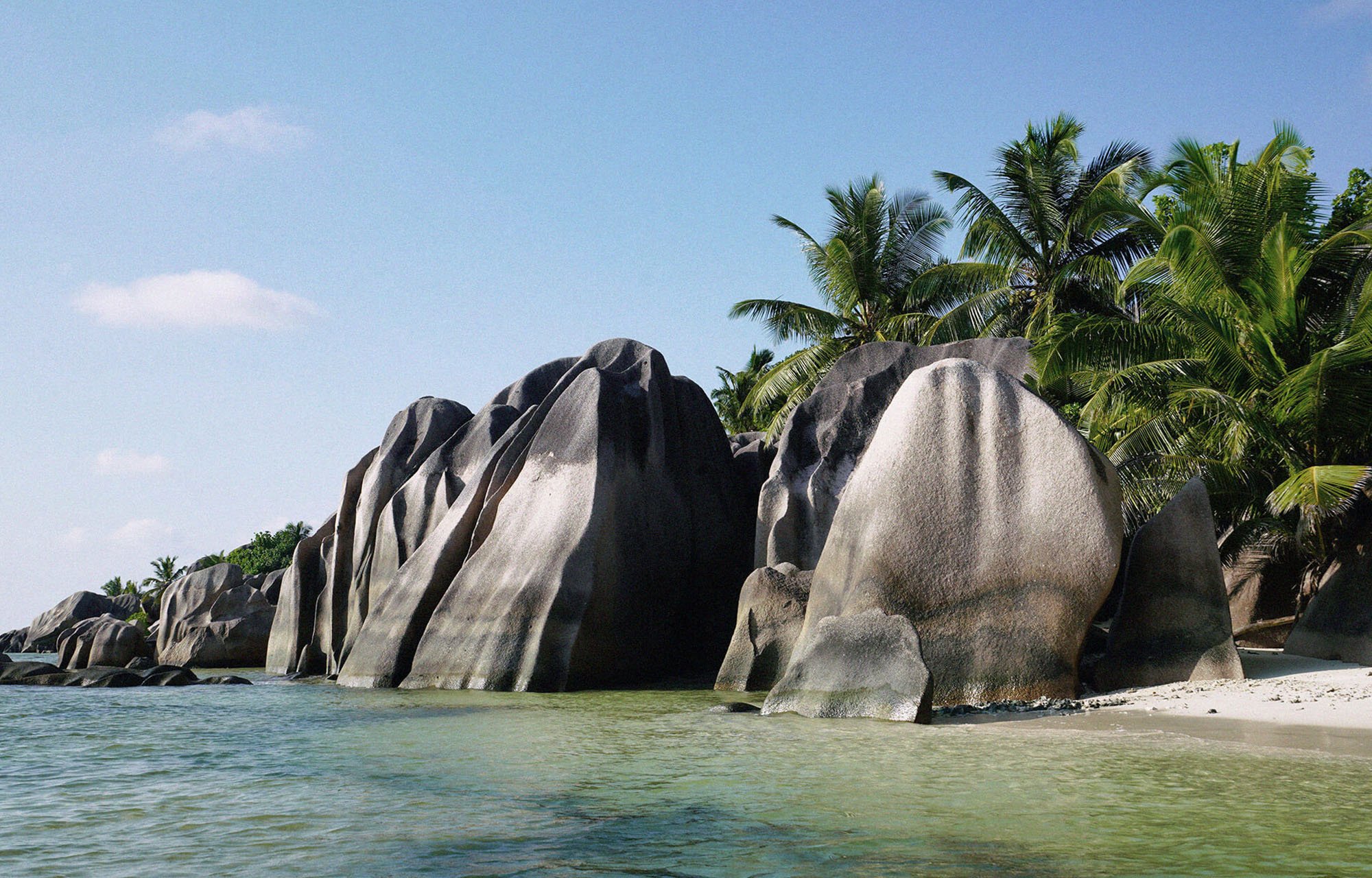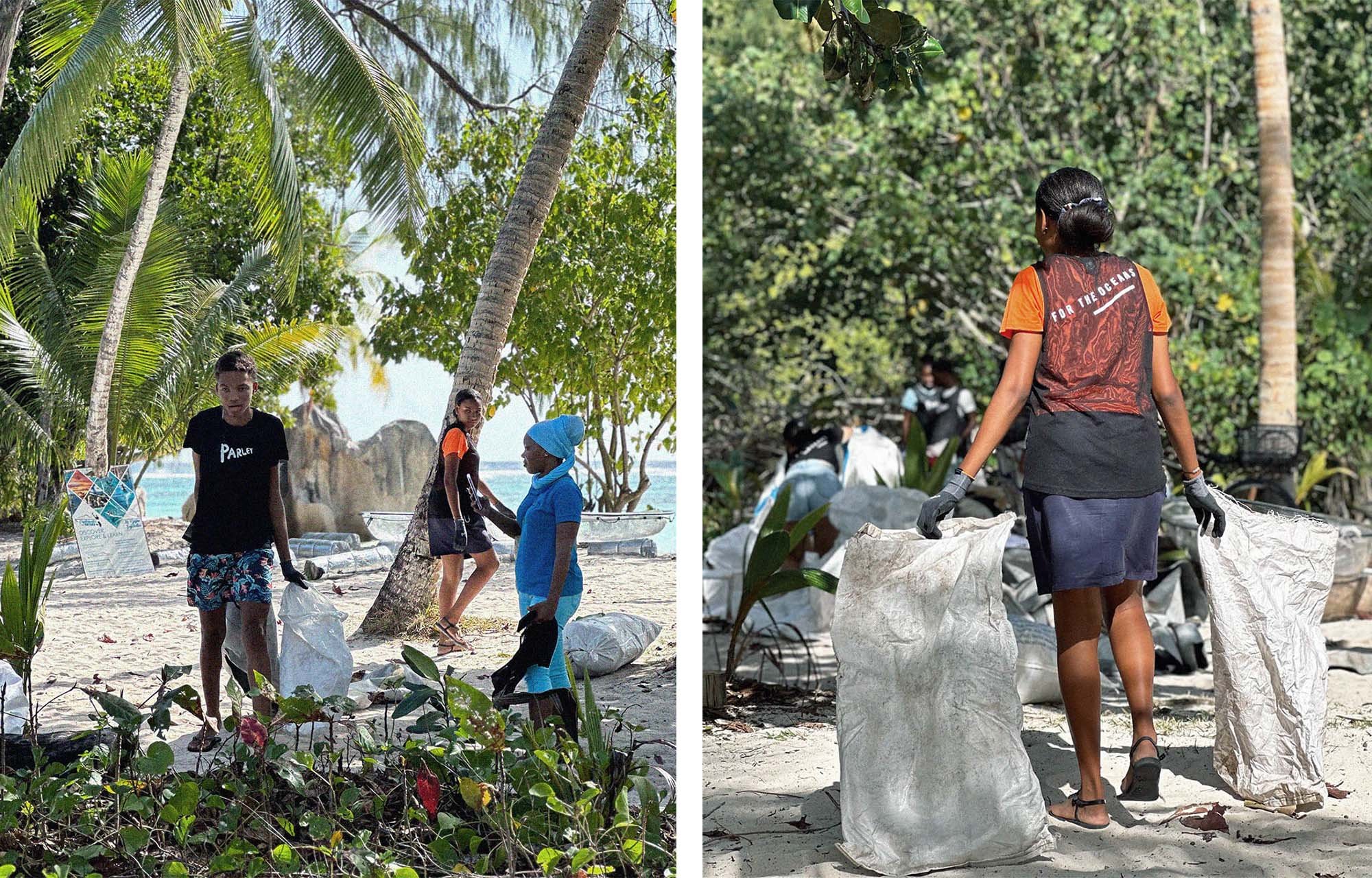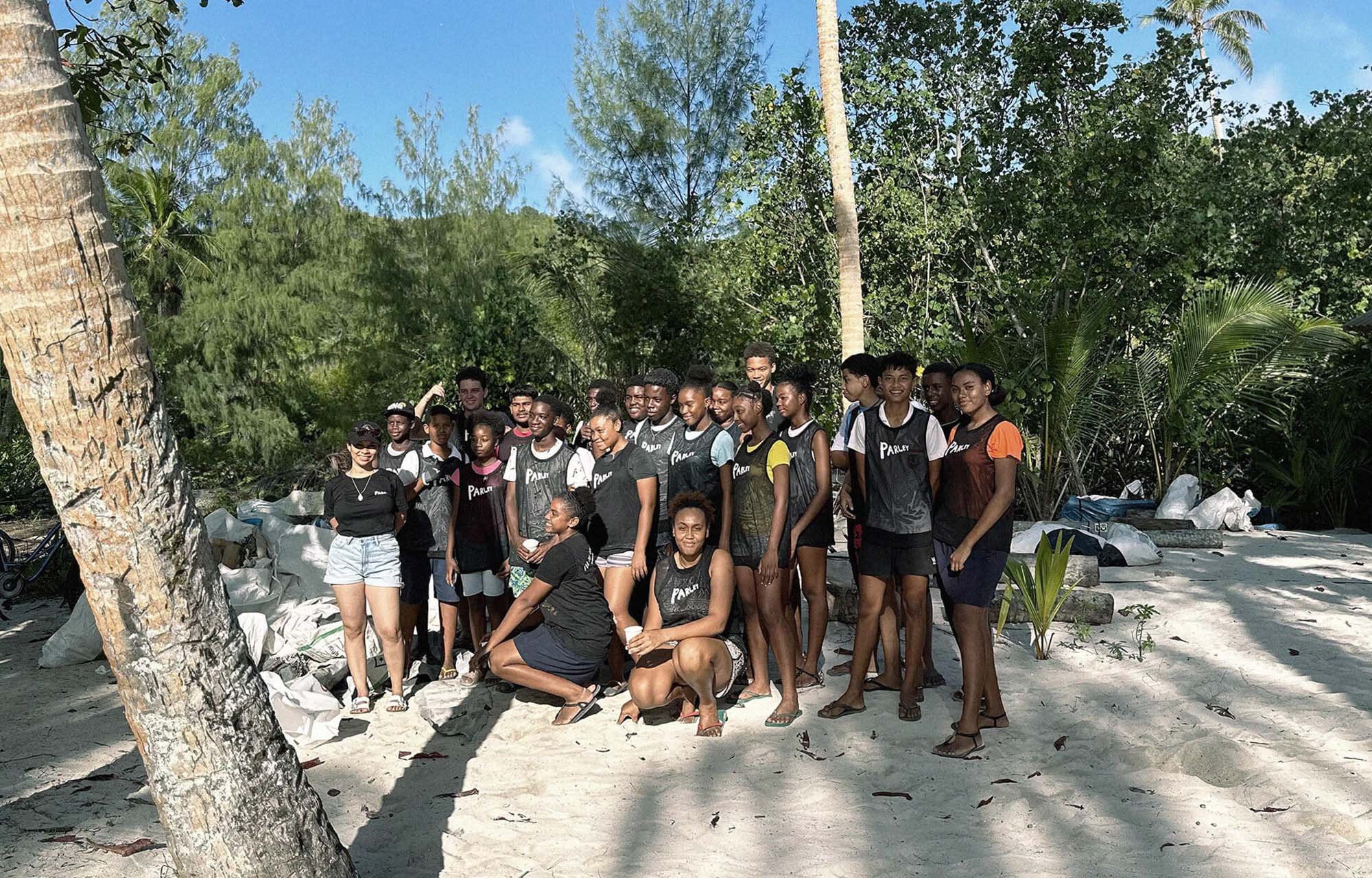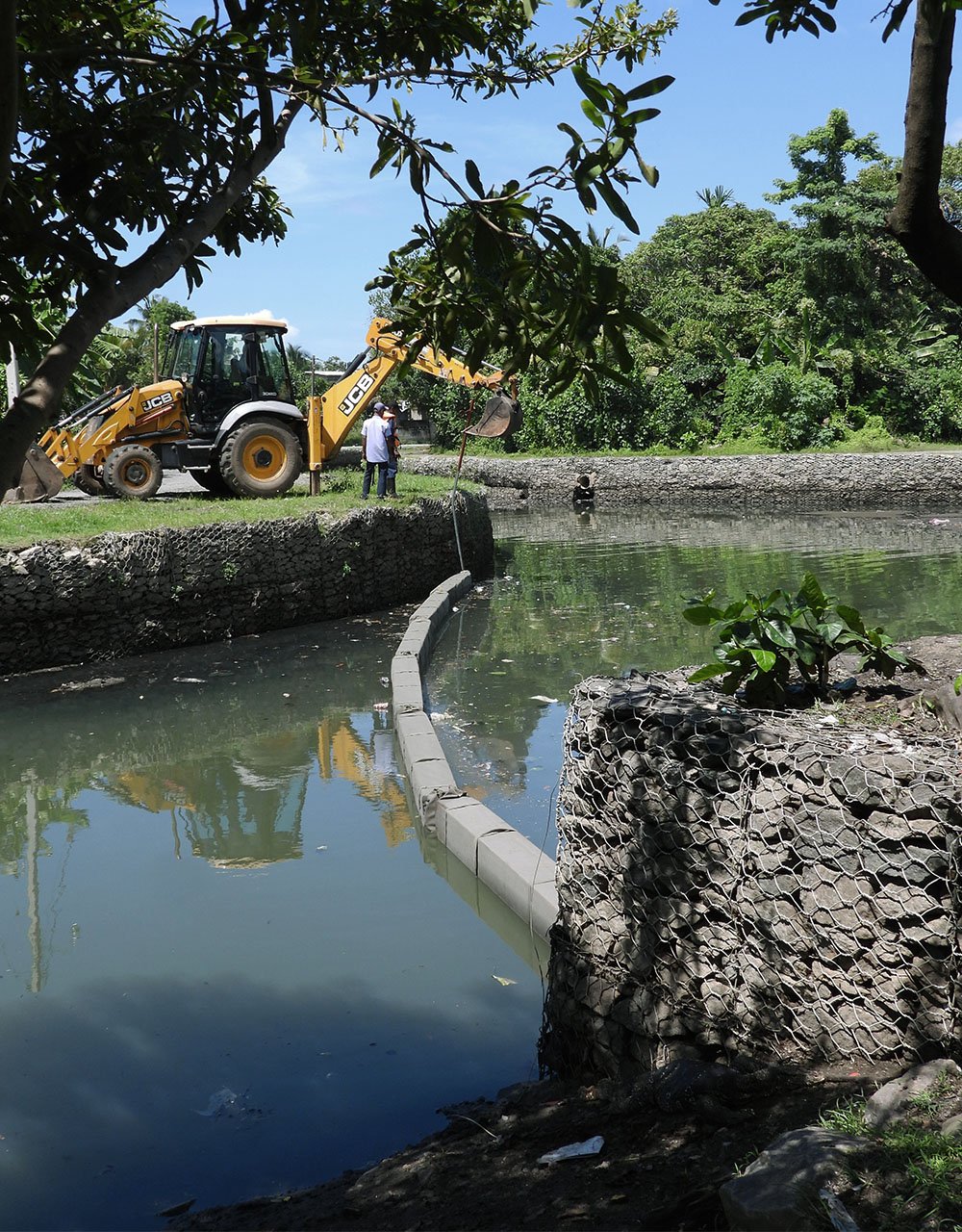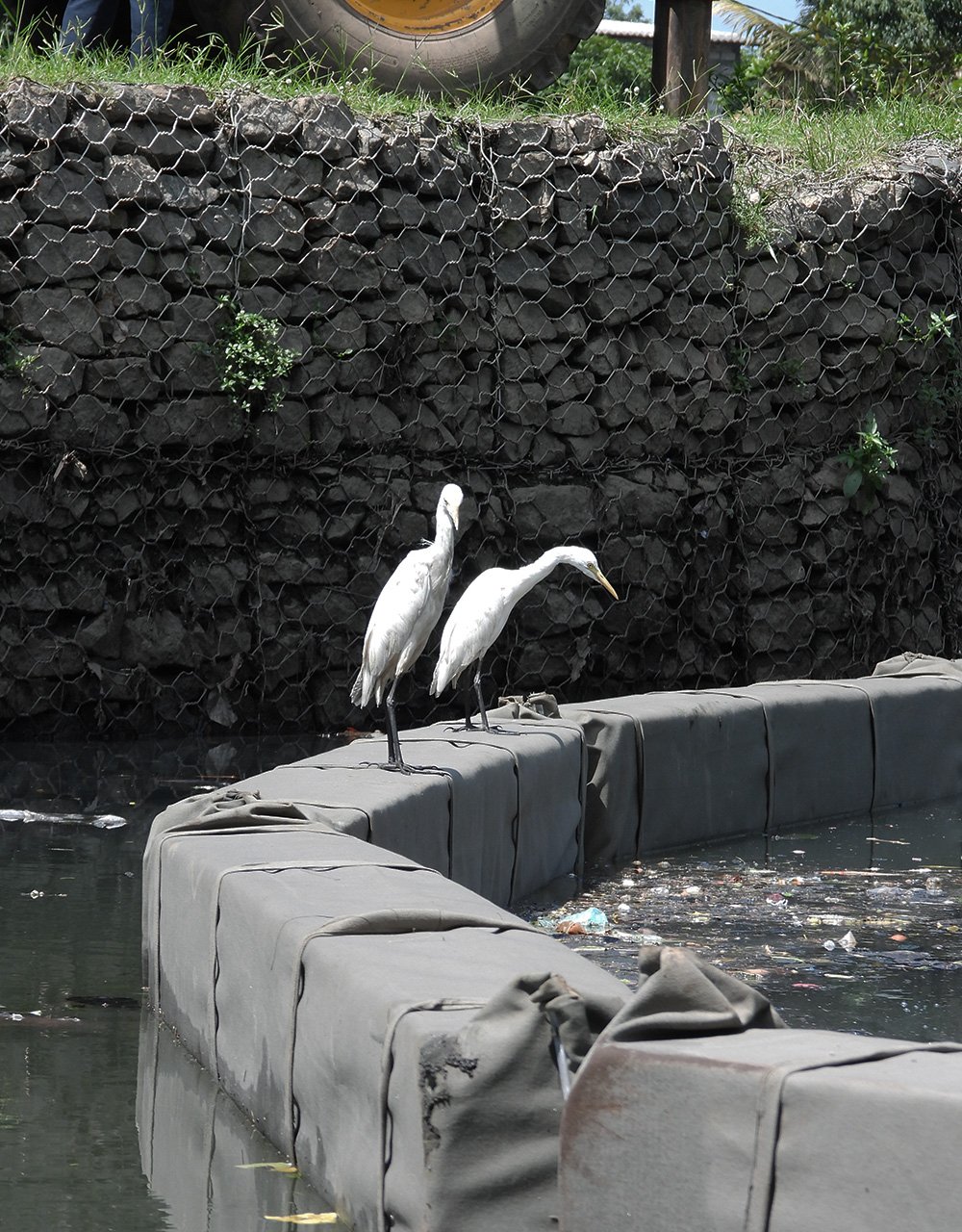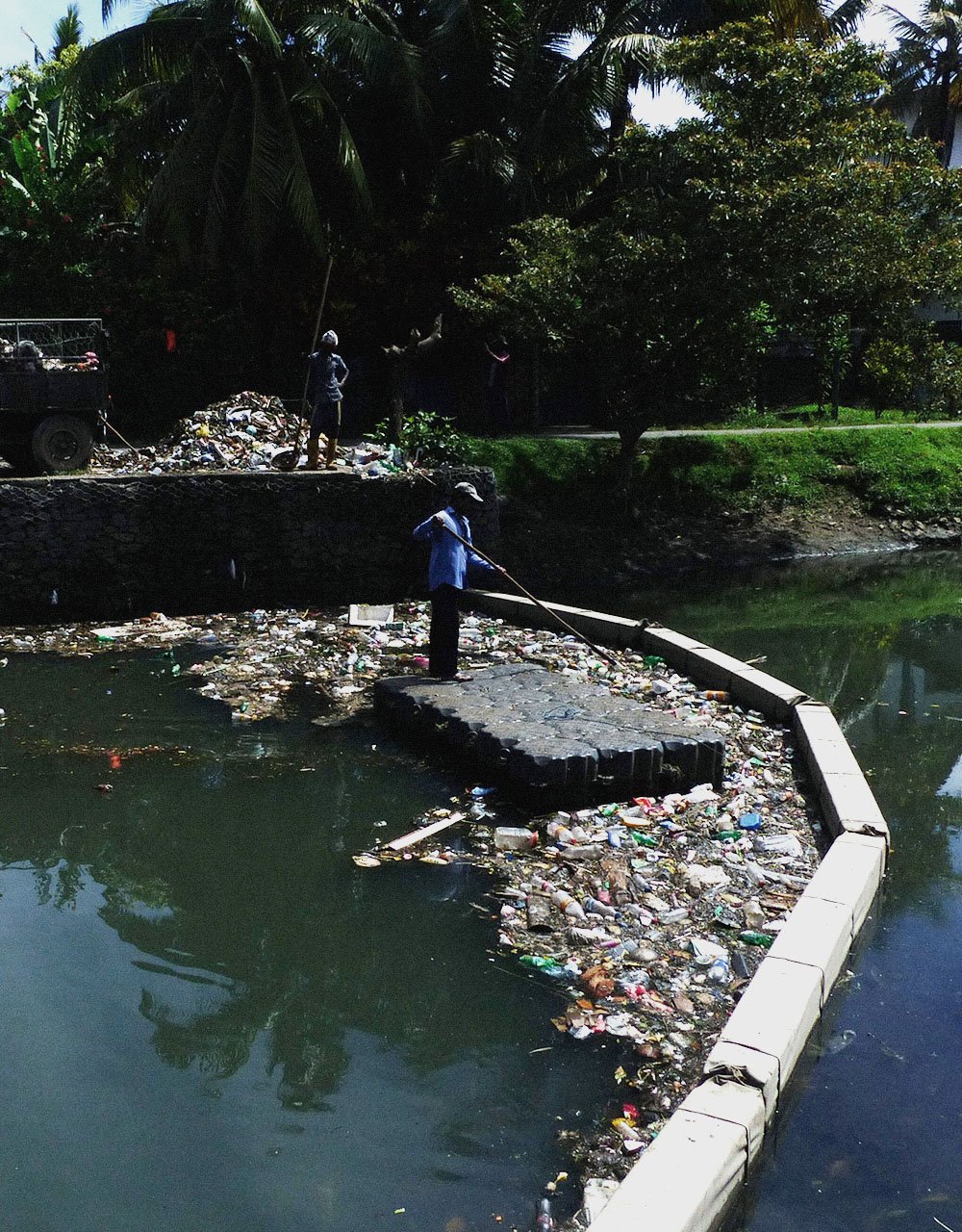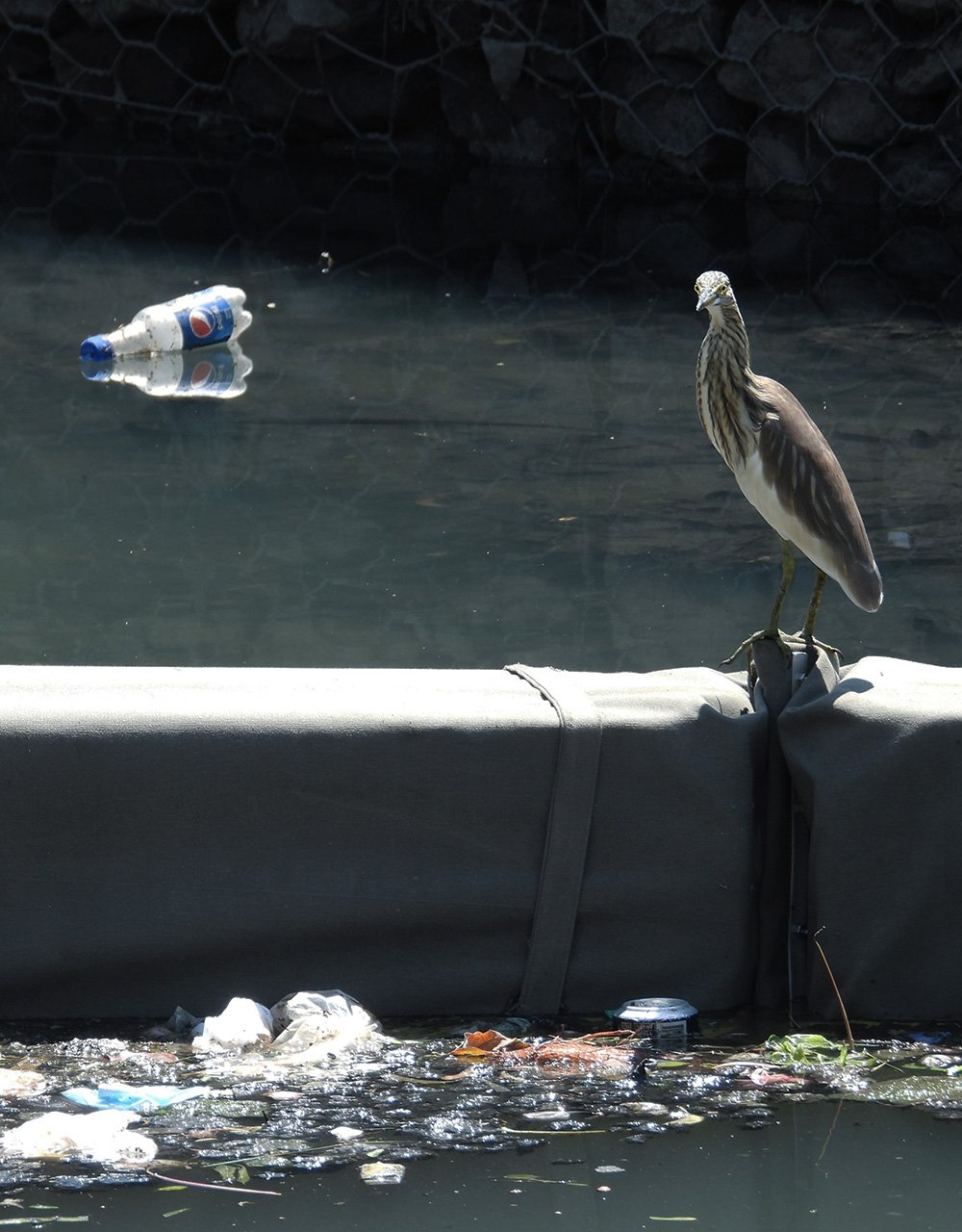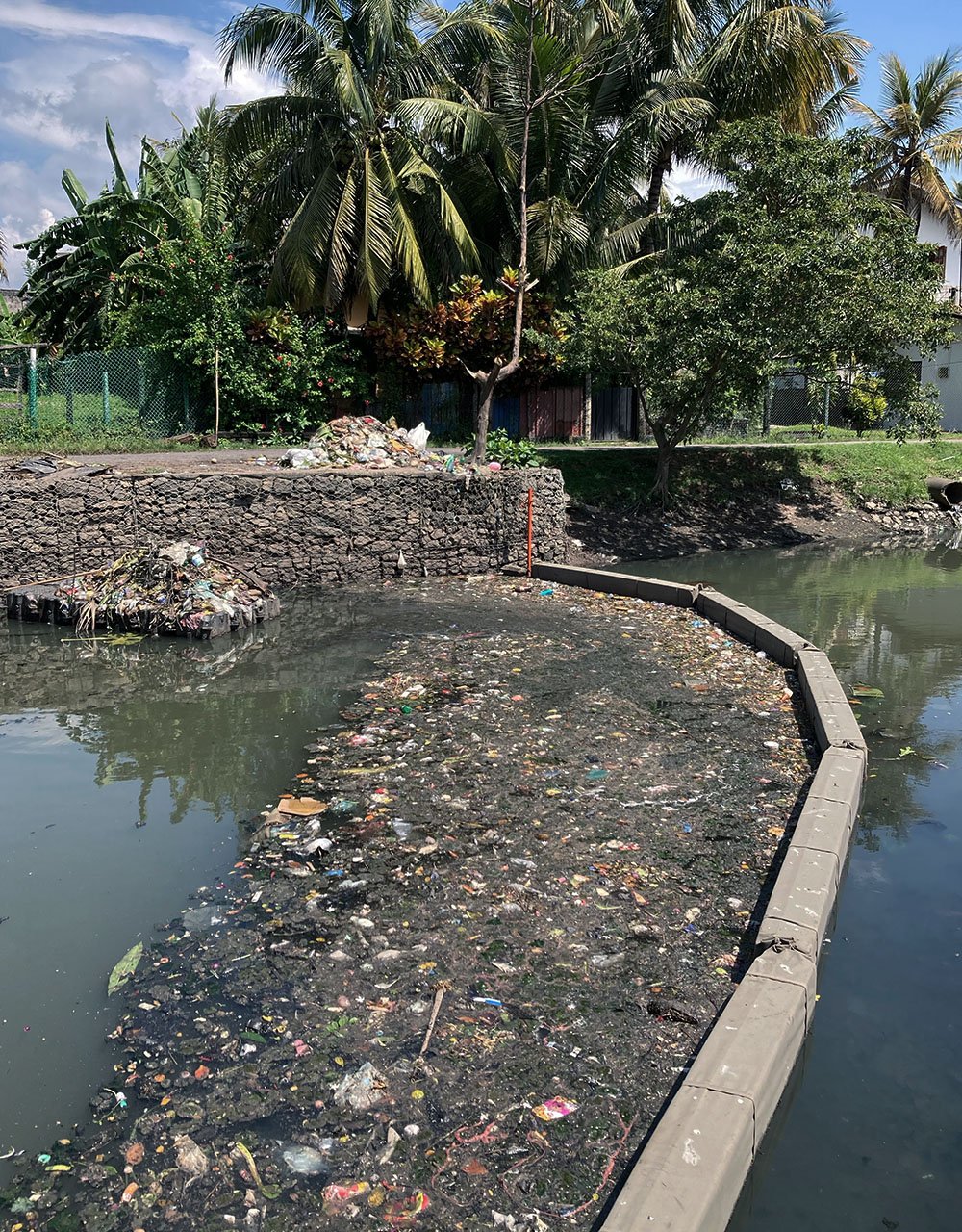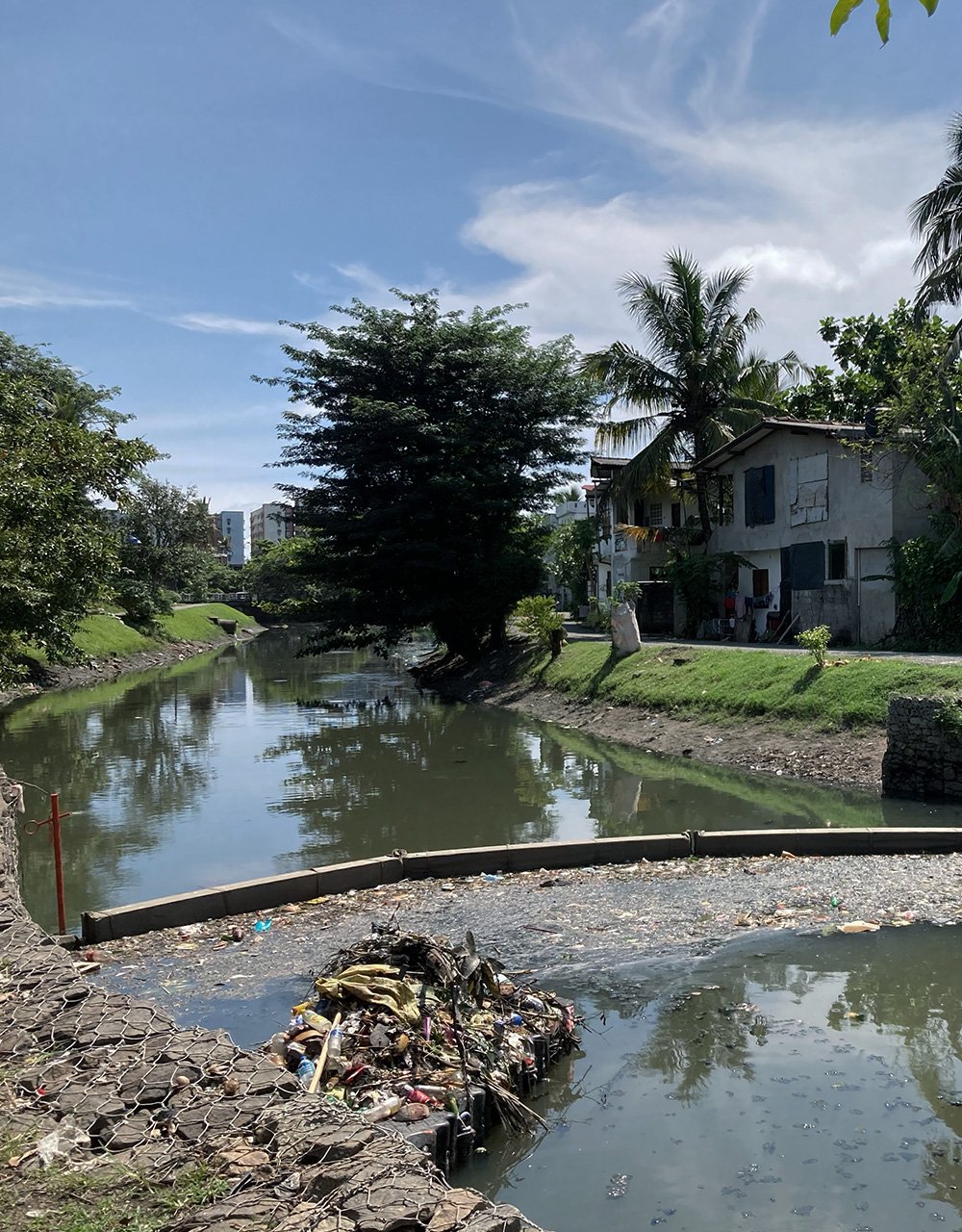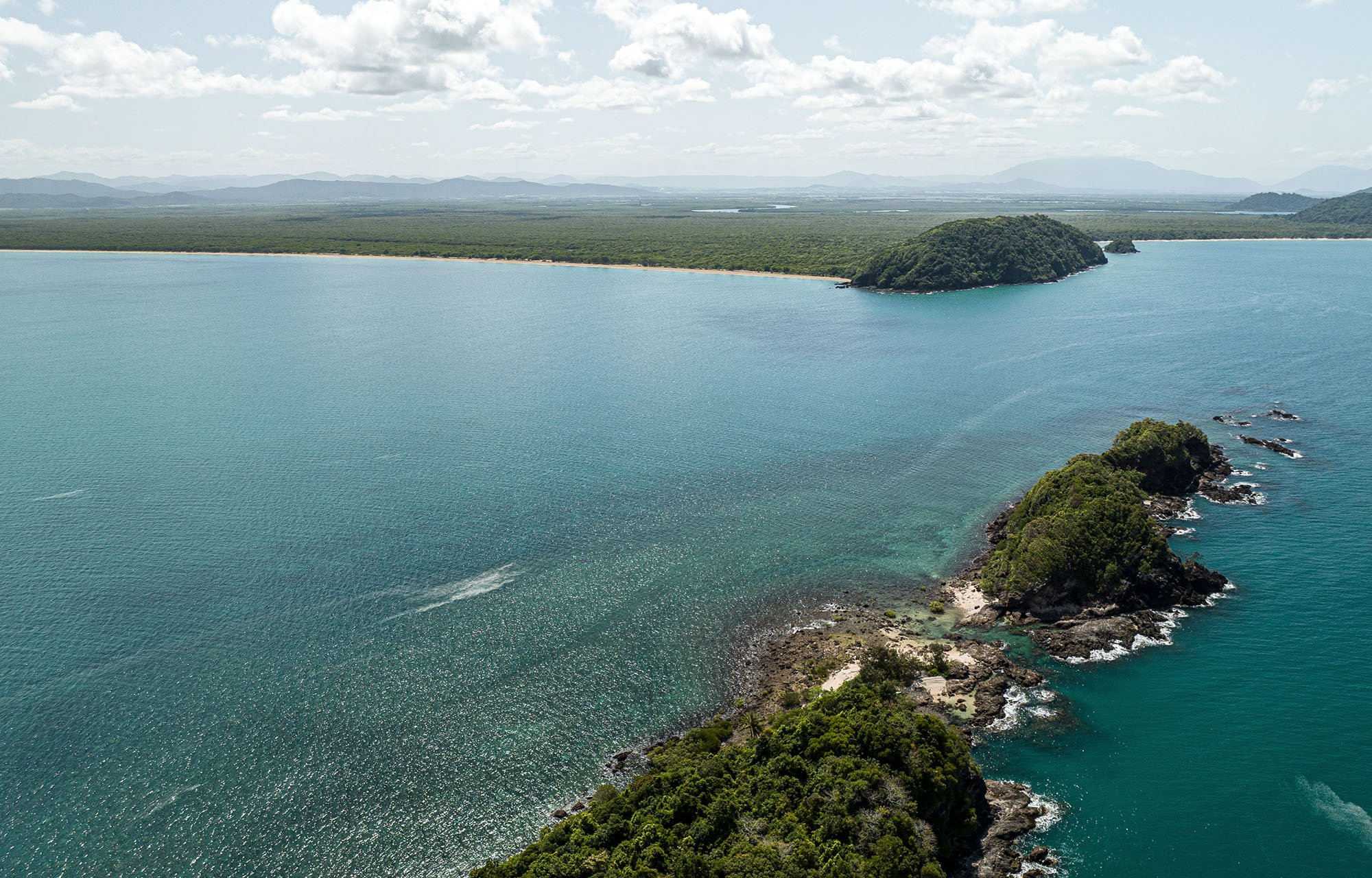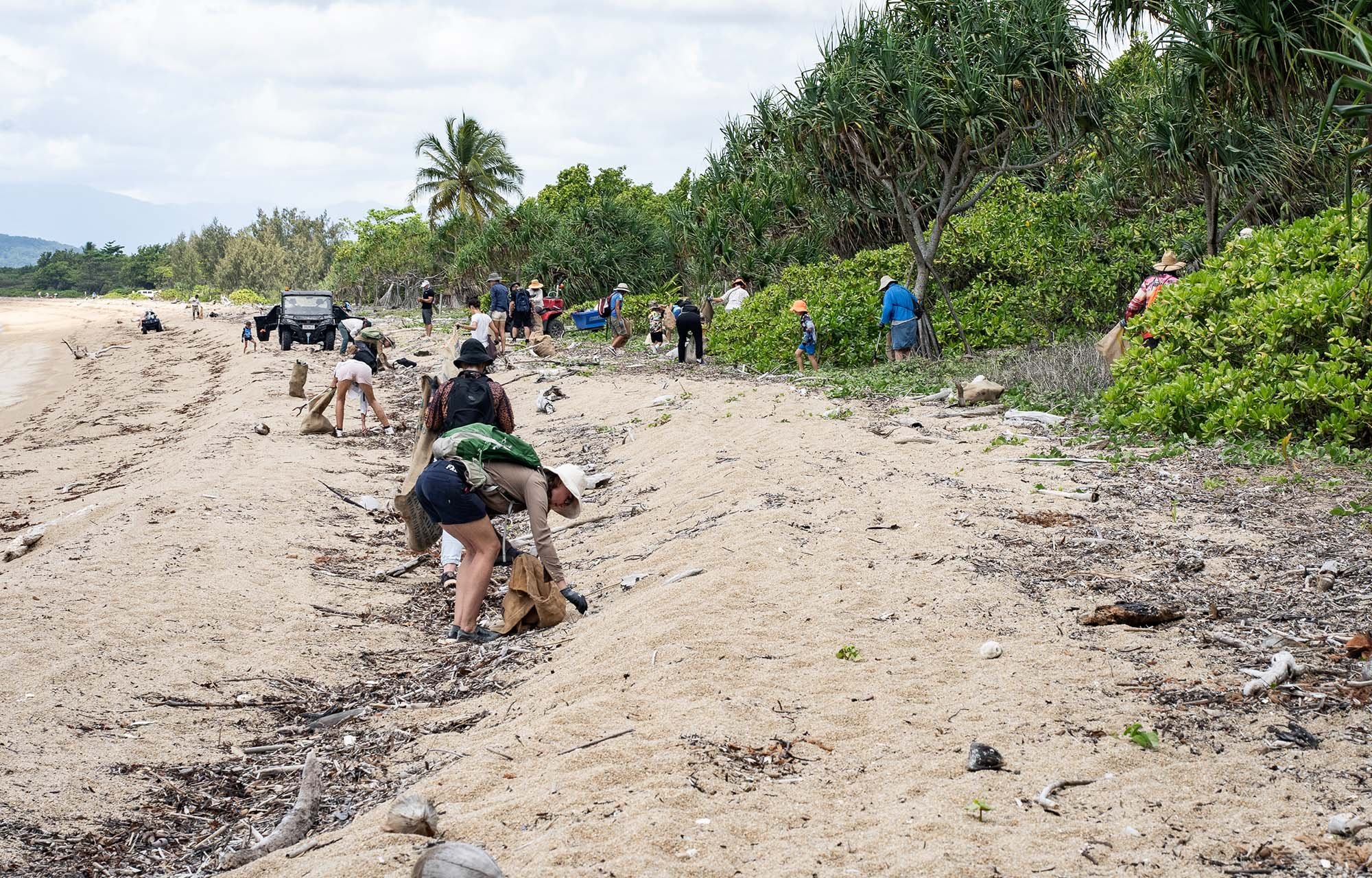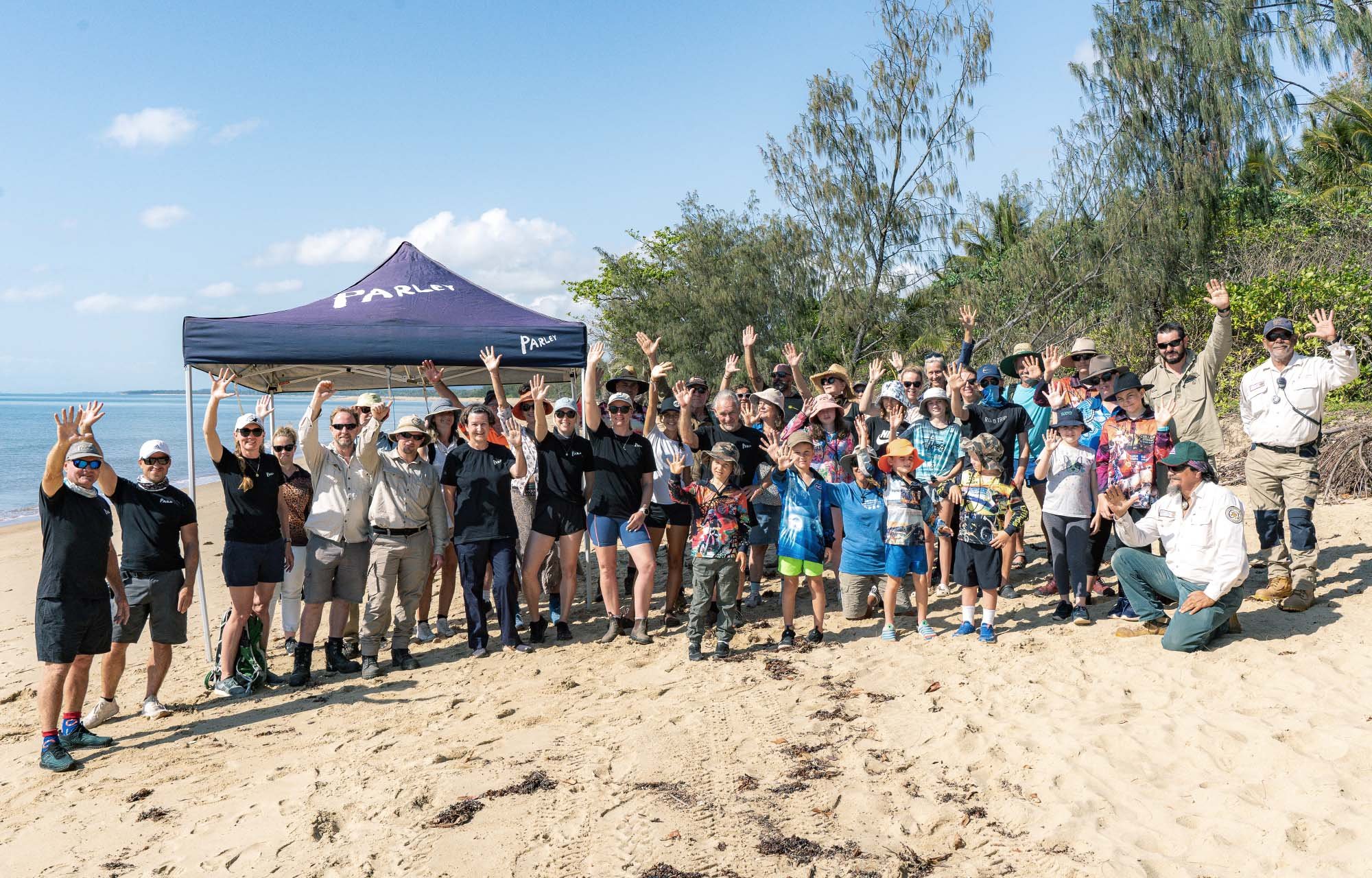FIELD NOTES
Parley’s Global Network CONTINUES TO EXPAND OPERATIONS – WORKING ACROSS RUGGED COASTLINES, URBAN RIVER SYSTEMS, HIGHLY POLLUTED BEACHES AND REMOTE ISLANDS. IN THIS EDITION, WE TRAVEL TO THE SEYCHELLES, SRI LANKA AND AUSTRALIA
A day trip to la digue, seychelles
With its iconic granite boulders, shallow turquoise waters and giant tortoises roaming freely in the lush vegetation beyond, Anse Source D’Argent on the island of La Digue in the Seychelles is postcard perfect. As one of the Seychelles’ Inner Islands, the waters surrounding La Digue are an oasis of life, home to 1,000 species of fish, 25 marine mammals – including eight different dolphins – and five sea turtle species. As below, so above: Sitting nearly 1,000 miles off the coast of East Africa, the variety of life on land and in the skies is equally stunning, with 200 species of birds, including the glossy and appropriately named Paradise Flycatcher, found nowhere else.
At first glance, other than a discarded dinghy, trash on the beach appeared elusive when our team visited with 30 local students. Anse Source D’argent is situated on the west coast of the island, and so is sheltered from the currents that cross the Indian Ocean, delivering millions of pieces of microplastic to the wild beaches of Grand and Petit Anse in the east. But after close inspection of the coves and caves between the granite boulders and behind the swaying coconut palms lining the perfect sands, our students collected 195kg of material. Ninety-six kilograms of this was plastic, most likely discarded by tourists from the nearby resorts and day-trippers from Mahe, the country’s most populated island, a short ferry ride away.
Read more on the Clean Waves journal
INTERCEPTING PLASTIC WASTE IN SRI LANKA
Located south of Colombo, the Lunawa Lagoon is a 4km long body of water that was once pristine and biodiverse, home to over 75 species of birds – and a source of pride to the community living in the surrounding areas. Today, the lagoon is under threat from the dumping of waste both along its banks and into the four major canals which feed into it. Working with the MAS Foundation for Change, Parley Sri Lanka identified one of these canals as an optimum site to install a custom-made river boom – or “Ocean Strainer” as it’s been named.
Installed earlier this month, the device is engineered to stop larger floating waste items entering the lagoon and eventually the sea. The Ocean Strainer acts as a barrier, allowing us to collect waste from the water, segregate it into recyclable waste or dispose of it responsibly. It is specifically designed to suit Sri Lanka’s extensive canal systems and marine environment, with an annual capacity to capture over 65,000kg of waste that would otherwise flow freely through these water bodies. With the potential to replicate this solution across canals and rivers in Sri Lanka and in other countries in the region, we are looking forward to working with MAS, and plan on scaling up this initiative with the support of likeminded partners across the region.
A COLLABORATIVE cleanup ALONG THE GREAT BARRIER REEF
Parley Australia teamed up with Cassowary Coast and Cairns residents to clean Cowley Beach – a stretch of coastline south of Cairns that’s ringed by National Parks both on land and out at sea. The crew of 59 volunteers removed nearly 600kg of washed-up marine debris and rubbish.
Since 2020, Parley Australia has hosted an annual cleanup at Cowley, intercepting a total of 3701kg thanks to the efforts of 131 volunteers. Common items the Australia crews find include bottle caps, fishing lures, toothbrushes, and cigarette lighters – but mostly chips of broken plastic from a variety of containers and packaging. CSIRO marine debris monitoring surveys were completed at three sites along the most heavily impacted sections to contribute to Australia’s national marine debris database.
Working within and adjacent to two World Heritage Areas brought the cleanup crew close to an array of wildlife including dugong and manta ray, turtles and stingrays easily spotted in the crystal clear, calm bay. A highlight was finding a message in a bottle that the crew opened and read. The writer of the note had been on a sailing trip in the Whitsundays in June, illustrating the impact of currents on all sorts of floating objects.
This year’s event was supported by Mandubarra Aboriginal Land & Sea Rangers, Cassowary Coast Regional Council, Friends of Cassowary Coast Local Marine Advisory Committee, Queensland Parks And Wildlife Service, Reef Clean and Tangaroa Blue and the Australian Defence Force – our thanks to everyone! For 2024, a three-day cleanup is being planned with marine support to visit surrounding islands. Contact australia@parley.tv to learn more.

